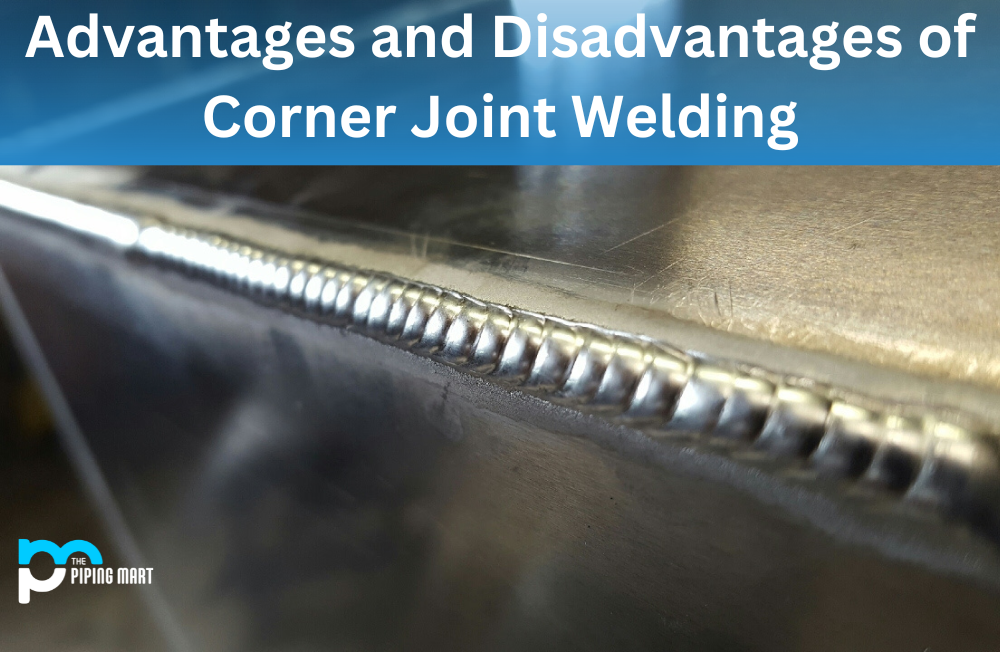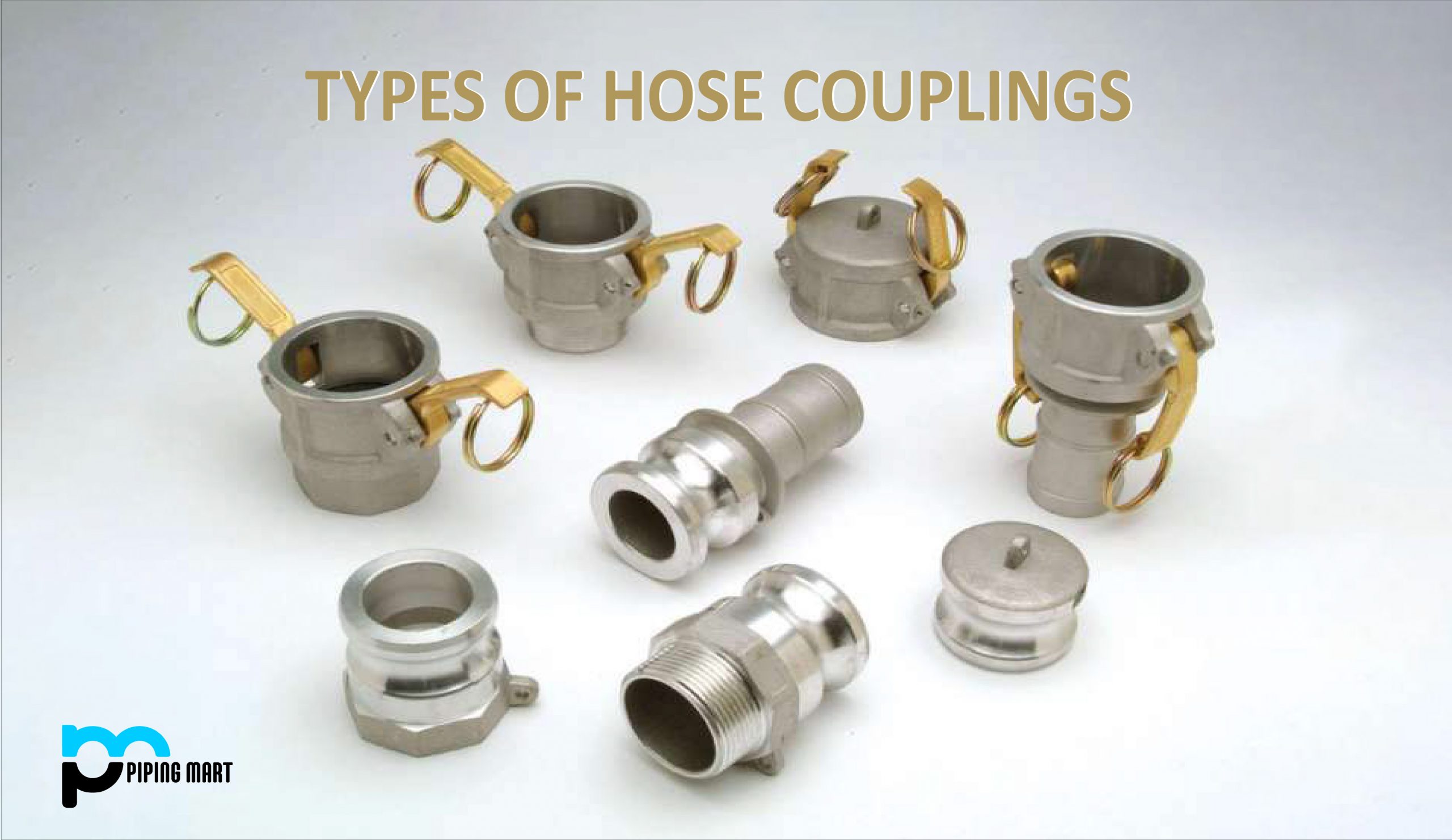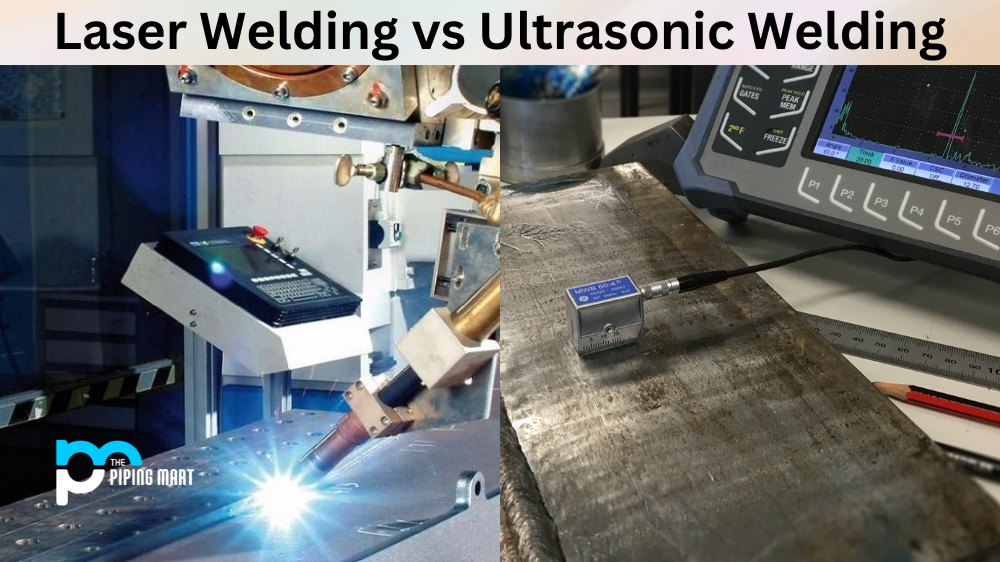Welding is a process of joining two or more pieces of metal together using heat, pressure, or a combination of the two. There are many different welding types, each with its own advantages and disadvantages. In this blog post, we’ll focus on corner joint welding, a type of welding commonly used in construction and manufacturing.
Advantages of Corner Joint Welding
One of the biggest advantages of corner joint welding is that it is very strong and durable. When done correctly, a corner joint weld can create a stronger bond than metal. This makes it ideal for applications with paramount strength and durability. Additionally, corner joint welds are less likely to crack or break than other welds.
Another advantage of corner joint welding is that it is relatively quick and easy. This makes it a good choice for applications where time is of the essence. Additionally, corner joint welds are less likely to warp or distort the metal than other welds.
Increased Strength
One of the primary advantages of corner joint welding is that it results in a much stronger joint than other types of welding. This is because the weld can penetrate all three sides of the metal, creating a much more secure connection.
Greater Accuracy
Another advantage of corner joint welding is that it is much more accurate than other types of welding. This is because the welder can control the heat and penetration much more easily when working with three sides of the metal instead of just two.
Increased Efficiency
Corner joint welding is also much more efficient than other types of welding, requiring less time and effort to complete. This is because all three sides of the metal are being worked on simultaneously rather than just two.
Reduced Warping
Another benefit of corner joint welding is that it reduces the warping that can occur during the welding process. This is because the welds are evenly distributed across all three sides of the metal, which helps to prevent any one side from becoming too hot and causing the metal to warp.
Greater Versatility
Finally, corner joint welding is much more versatile than other types of welding, as it can be used on various materials. This includes both thin and thick metals and metals with different degrees of hardness.
Disadvantages of Corner Joint Welding
One disadvantage of corner joint welding is that it can be difficult to do correctly. The weld can be weak and may not hold up over time if not done properly. Additionally, the weld may not adhere properly and collapse if the metal is not prepared correctly before welding.
Another disadvantage of corner joint welding is that achieving a clean, professional-looking finish can be difficult. This type of welding often leaves behind visible seams and imperfections. If a high-quality finish is desired, another type of welding may be better.
Limited Access
One of the primary disadvantages of corner joint welding is that it can be difficult to access all of the welds. This is because corner joints are often located in tight spaces, making it difficult for welders to get a clear view of the welds. Additionally, corner joint welding often requires smaller welding equipment, making it more difficult to complete the welds.
Increased Risk of Defects
Another disadvantage of corner joint welding is that it can increase the risk of defects. This is because corner joints are often located in areas with a lot of stress, which can cause the welds to break down over time. Additionally, because corner joint welding often requires smaller welding equipment, it can be more difficult to control the quality of the welds.
Time Consuming
Another downside of corner joint welding is that it can be time-consuming. This is because each weld must be made individually, which can take a significant amount of time. Additionally, because corner joints are often located in tight spaces, it can be difficult to position the welding equipment properly, which can further add to the time required to complete the welds.
Requires Specialized Training
Another disadvantage of corner joint welding is that it requires specialized training. This is because corner joint welding often requires smaller equipment and techniques not typically used in other types of welding. As a result, those who wish to learn how to perform corner joint welding must first receive training from an experienced welder.
Conclusion:
Corner joint welding is a type of welding that has both advantages and disadvantages. When done correctly, it can create a strong and durable bond; however, achieving a clean finish with this type of welding can be difficult. It is important to weigh the pros and cons carefully before deciding if corner joint welding is right for your project.

Abhishek is a seasoned blogger and industry expert, sharing his insights and knowledge on various topics. With his research, Abhishek offers valuable insights and tips for professionals and enthusiasts. Follow him for expert advice on the latest trends and developments in the metal industry.




